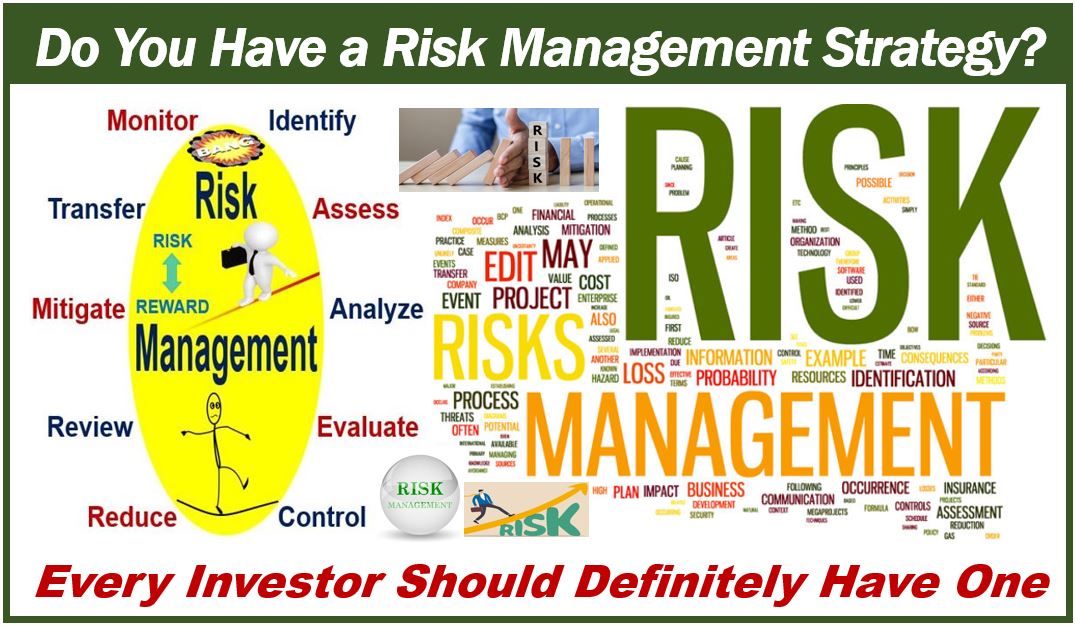Every investor should have a risk management strategy. This is especially true in times of volatility. A good risk management strategy can reduce your losses in the event that things don’t go your way.

Having a clear set of option trading strategies can narrow down the complexity and risk of investing in a dynamic market. Here are some ways to manage risk in periods of trading volatility.
Use smaller lots
Lots are batches of currency that investors can trade. You can choose between standard lots, mini lots, and micro lots. Lot size is linked to risk, so a smaller lot size exposes you to less risk while allowing you to get trading experience.
You can use a risk management calculator to see what your desired output is to determine the best lot size. But you should always remember that lot size directly affects how well or how badly you receive a market change. A move on a small trade is not as significant as a move on a very large trade.
Trade less volatile instruments
The size of market deviations is always out of the control of the investor, but it is accepted knowledge that volatile trading conditions lead to bigger deviations. A positive event can lead to big wins, and a significant negative event can put your investments in danger.
Volatility is the measure of the variance of each market-influencing factor. Volatile instruments by nature provide big swings, which is why it is best to reduce your exposure to them in troubled times. A good risk management plan will guide you away from volatile trades, but you have to input risk-avoiding parameters into the plan.
Use stop and limit orders
A stop-limit order is a trade that is linked to a defined timeframe. It is a conditional trade that has the features of a stop order as well as features of a limit order. It is a great way to manage risk. To deploy it, you need to set two price points:
- Stop: The target price at which the trade will start.
- Limit: The point that exceeds the desired price target for the trade.
Once this is done, you also need to select a timeframe when the stop-limit order can be executed.
Investors who use stop-limit orders have control over when the order can be fulfilled. The main drawback of this type of trade is that there is no guarantee that it will be executed if the forex fails to reach the stop point in a defined period.
Hedge the risk of spot trades with vanilla options
Hedging is a way of balancing your risk by opening another position with the same asset in the opposite direction of your first investment. If one position loses, your alternative position will profit and make up for the losses.
You can do this by taking out a position on a risky spot trade, which is a single payment option contract. A spot contract allows the trader to place a bet on a future scenario such as an exchange rate level. The buyer wins automatically if the scenario occurs.
It’s an all or nothing trade that can be counter-balanced by taking out one of two Vanilla options in the opposite direction. A trader can take out a Call option, which gives them the right but not the obligation to purchase forex at a desired strike price. Or, you can purchase a Put option which is an obligation to buy a stock at a certain level. This is how you can hold the aces for two contrasting positions to hedge your risk.
Interesting related article: “What is a Trader?“

